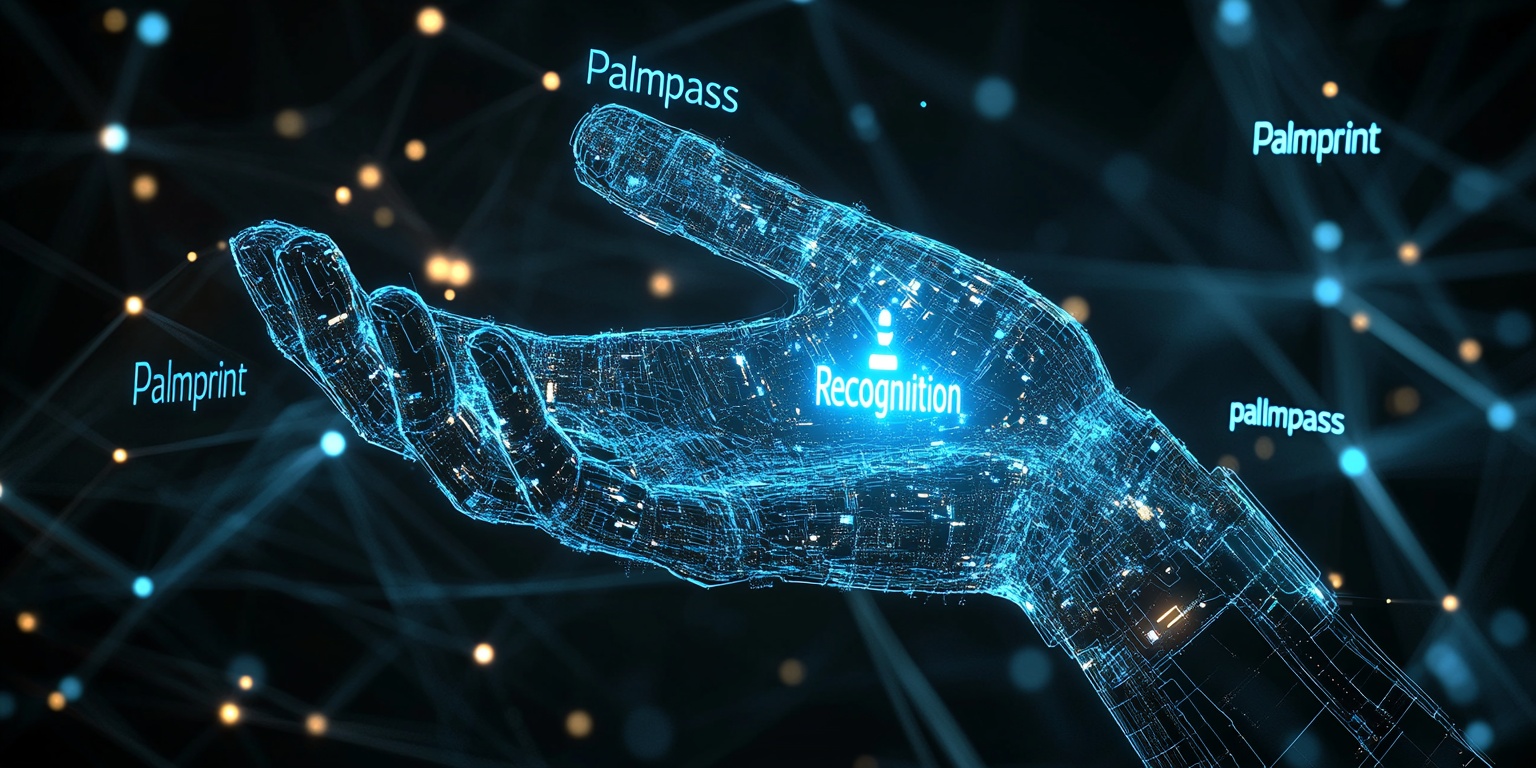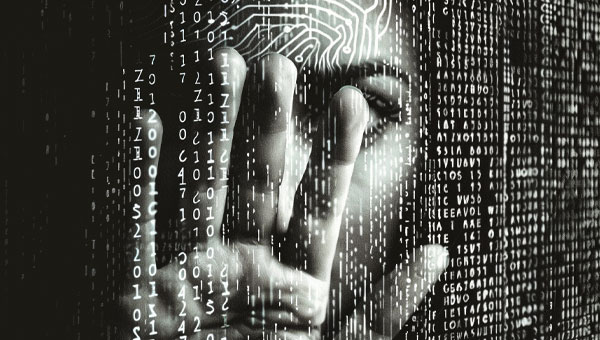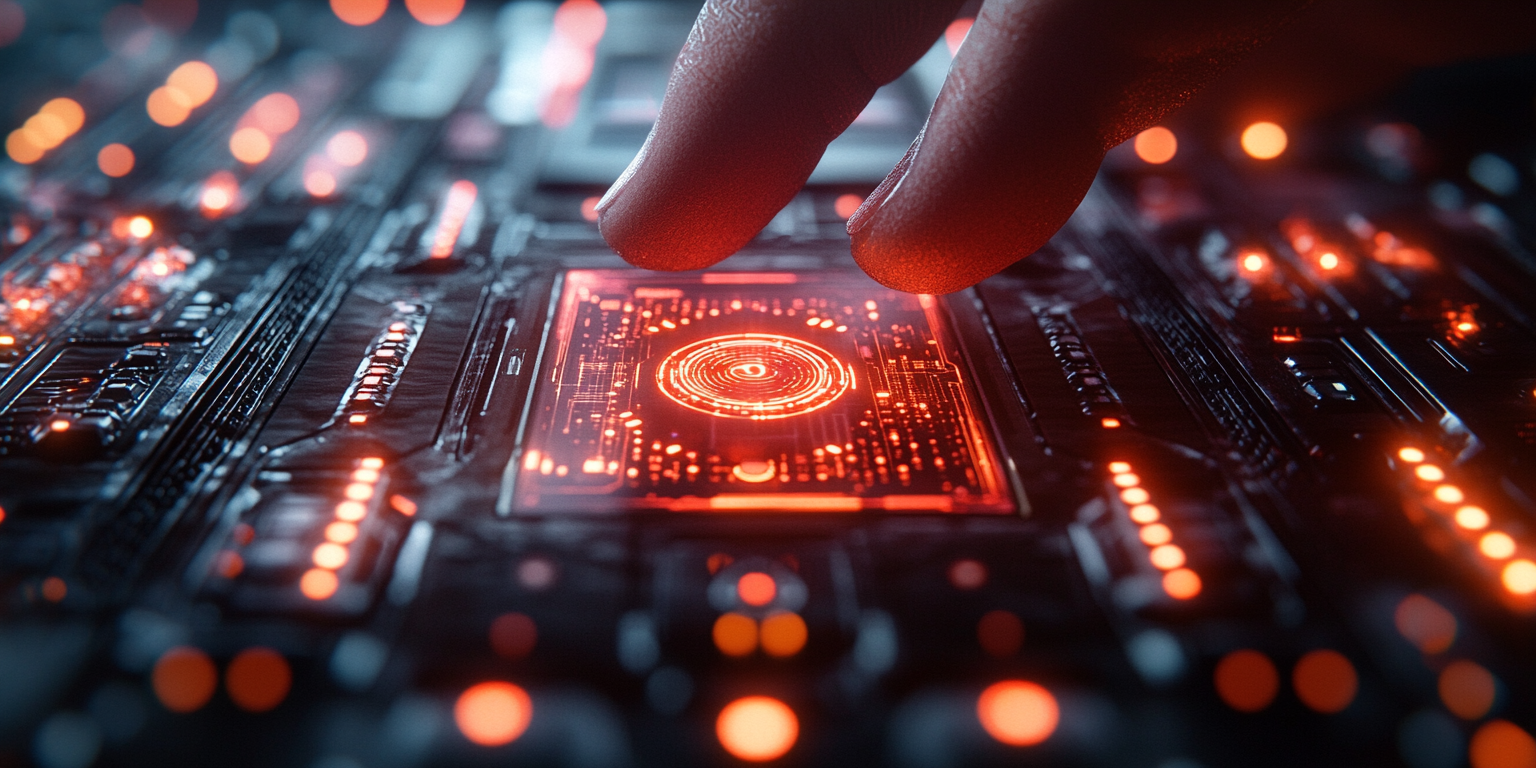Advancing Security with Palmprint Recognition and Biometric Technologies
Discover how Palmpass integrates palmprint recognition technology with biometric solutions for enhanced security. Learn about the benefits of contactless systems and the future of biometric authentication.
In today's rapidly evolving digital landscape, ensuring robust security measures is essential. Biometric technologies are at the forefront of this movement, offering advanced methods of identification and access control. Among these technologies, palmprint recognition is emerging as one of the most secure and efficient methods for authenticating users. At Palmpass, we are pioneering the integration of palmprint recognition to provide advanced security solutions, complementing other biometric methods like fingerprint and facial recognition.

What Is Palmprint Recognition?
Palmprint recognition is a biometric method that scans the unique patterns and ridges in an individual's palm to verify identity. Similar to fingerprint recognition, this technology captures a user's unique biological signature, but with more surface area to work with, it offers enhanced accuracy and reliability. Palmprint recognition systems are contactless, making them both hygienic and convenient for users, reducing the risks associated with physical contact and wear on devices.
At Palmpass, we specialize in offering this cutting-edge palmprint recognition technology, providing organizations with the ability to authenticate users more securely than ever before. Our systems are designed to meet the demands of modern cybersecurity, offering robust protection for industries like healthcare, finance, and government.
Fingerprint Recognition Technology vs. Palmprint Recognition
While fingerprint recognition technology has long been a popular choice for biometric authentication, it has its limitations. Traditional fingerprint systems require physical contact, which can be unhygienic and lead to wear and tear on the sensor. Additionally, the accuracy of fingerprint recognition can decrease when fingerprints are worn or dirty.
Palmprint recognition, on the other hand, is contactless, eliminating hygiene concerns while improving durability and accuracy. It offers a more comprehensive scan due to the larger surface area of the palm. With the rise of contactless fingerprint recognition technologies, the demand for non-intrusive and seamless biometric solutions is growing, and palmprint recognition is poised to become the preferred alternative.
However, both technologies have their advantages, and fingerprint or face recognition can be ideal in certain scenarios. For example, mobile devices often rely on fingerprint or facial recognition due to the limited space available for sensors. Palmpass combines the best of these technologies by offering multimodal biometric systems that integrate palmprint, fingerprint, and facial recognition, ensuring maximum security for various applications.
The Future of Contactless Biometric Security
The future of biometric security is undoubtedly contactless. Contactless fingerprint recognition is gaining momentum, allowing for seamless user authentication without physical interaction. These systems are more hygienic and efficient, and they align with the growing trend toward touchless technologies, especially in the wake of the COVID-19 pandemic. Contactless systems, such as palmprint and fingerprint recognition, ensure accuracy and reliability without compromising user convenience.
Palmpass remains at the forefront of these innovations, offering secure, user-friendly systems that enhance the protection of personal data and restricted access. Our palmprint recognition technology aligns with the growing need for touchless solutions, providing organizations with reliable and future-proof systems.
Benefits of Palmprint Recognition and Biometric Security
The integration of palmprint recognition technology offers numerous advantages:
Enhanced Accuracy: The larger surface area of the palm provides more data points for accurate authentication, making it difficult for attackers to spoof.
Contactless Technology: With no need for physical contact, palmprint recognition is more hygienic and less prone to wear and tear compared to traditional fingerprint systems.
Versatility: Palmprint recognition can be used in various applications, from securing facilities to protecting sensitive digital data.
Improved User Experience: Contactless systems are convenient and efficient, requiring minimal user interaction.
Enhanced Security: By integrating palmprint recognition with other biometric technologies, such as fingerprint or facial recognition, organizations can create a multi-layered security system for maximum protection.
Conclusion
As organizations continue to search for more secure and efficient ways to protect their assets and data, biometric technologies like palmprint recognition are becoming essential. With advancements in fingerprint recognition technology, contactless fingerprint recognition, and fingerprint or face recognition, biometric systems are evolving to meet the demands of modern security.










